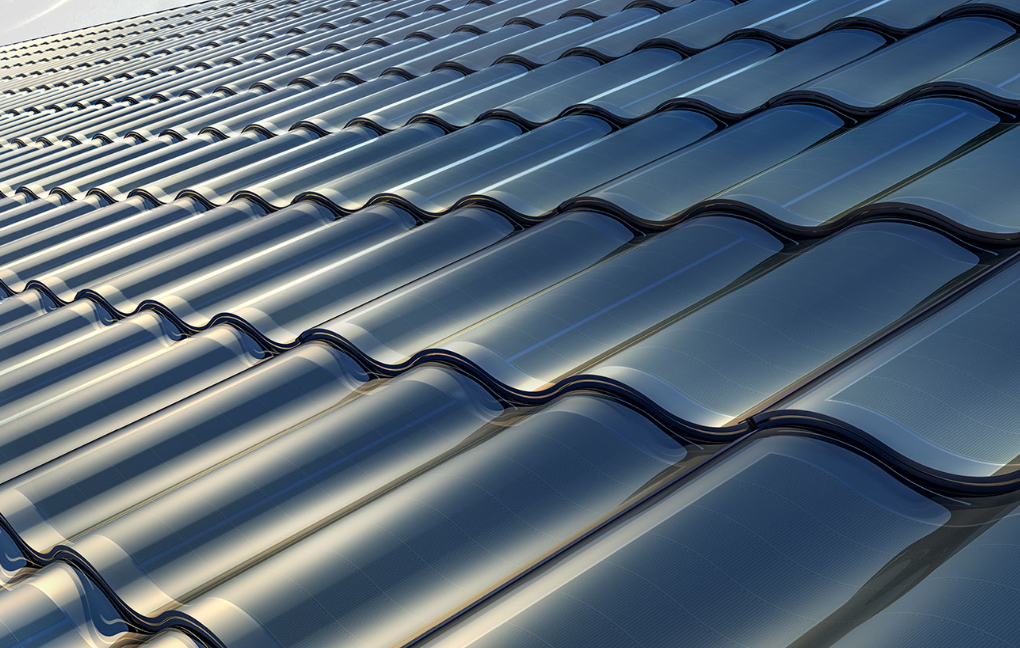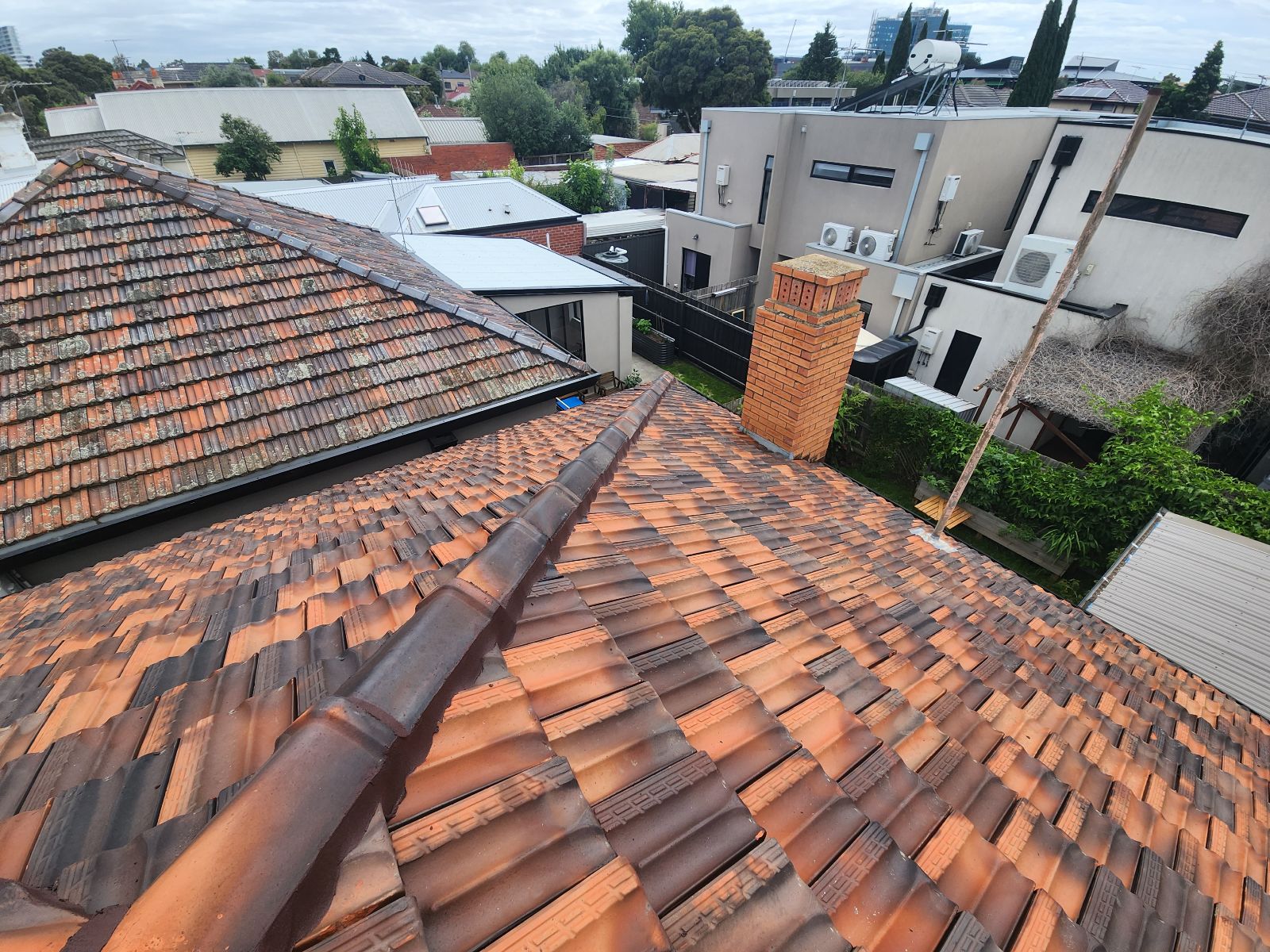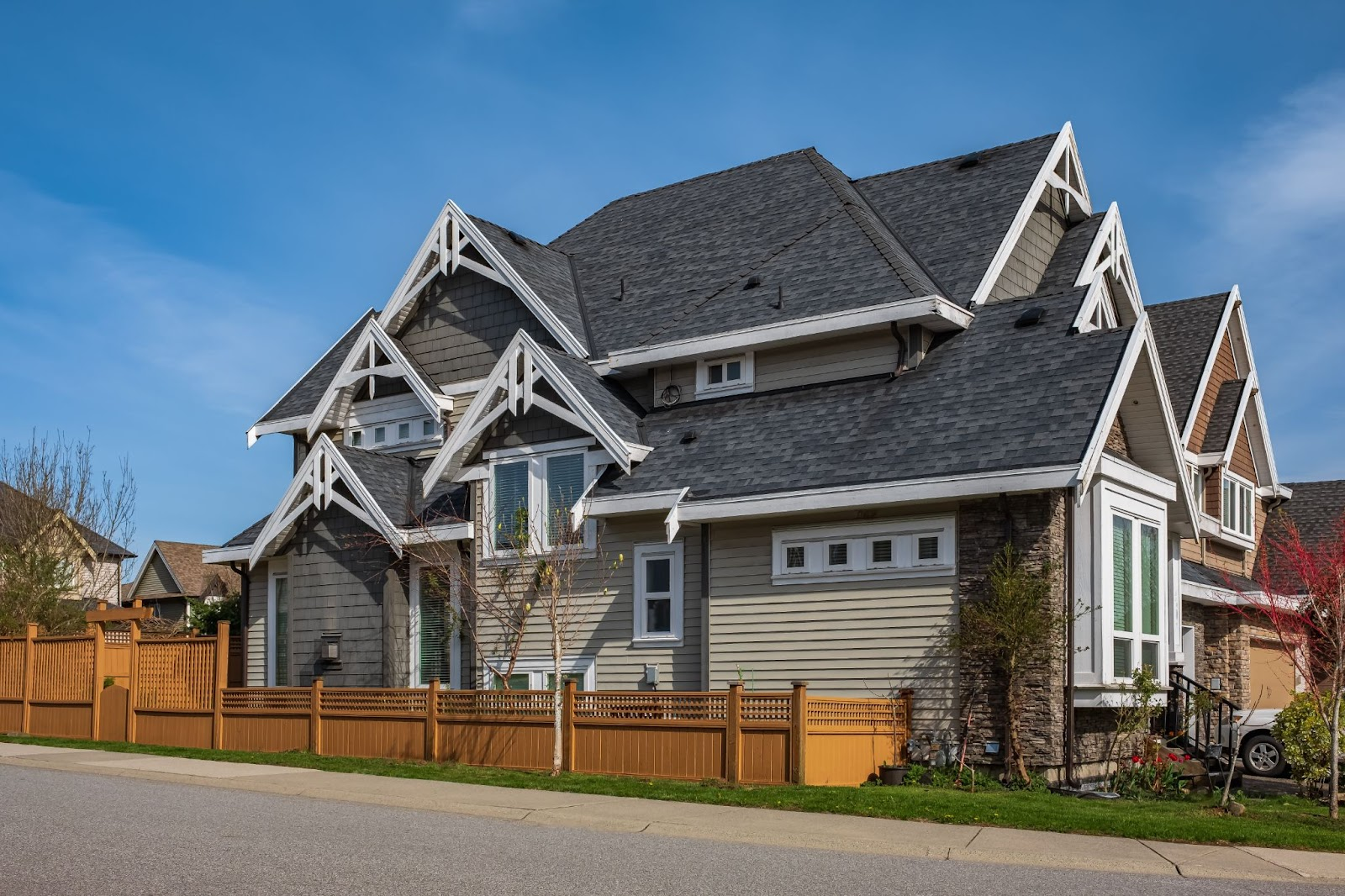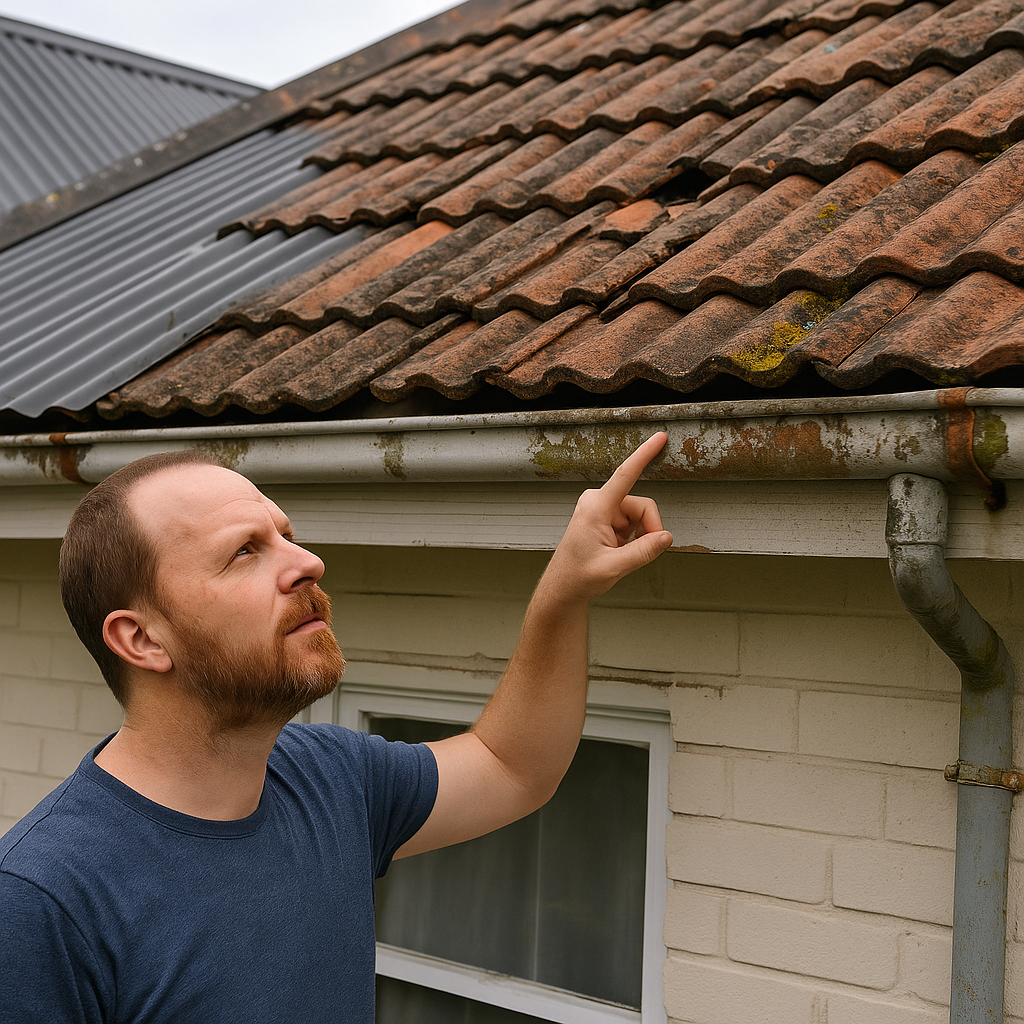
To receive your discount please fill in your details below.
It warms our hearts to see our valued HEROES being taken care off.





What Are Solar Roof Tiles, Really?
“At their core, solar roof tiles are a hybrid between conventional roof tiles and photovoltaic panels. They generate electricity like regular solar panels, but they look like part of your roof. “
Scott Gross – Licensed Roofer
You’ve probably seen them in glossy marketing videos or spotted them on some ultra-modern house that screams “futuristic minimalist.”
Sounds ideal, right? But the question is, can they handle the heat, hail, and unpredictability of Aussie weather, and is Hanergy’s version up to scratch?

You might’ve heard the name floating around Reddit or during the “solar roof tiles” boom a few years back. Their flagship product? Hantile, a curved, glass-based solar roof tile that looks more like luxury terracotta than a techy eyesore.
At first glance, the product checks all the futuristic boxes. It’s sleek, it’s integrated, and it’s based on thin-film solar tech (we’ll get into what that means shortly).
But Hanergy isn’t just chasing style, they’re pushing for performance, durability, and that holy grail of solar: affordability over time.
Now, let’s crack this thing open and see what’s really going on under the surface.
Hanergy Hantile product information
Specs are easy to throw around, so let’s break down what actually matters here:
| Power Output Per Tile | 30 Watts |
| Per Square Metre | 105 Watts |
| Tile Size | 721mm x 500mm |
| Structure | Layered Glass, POE Film, and Miasole Flexible thin-film cells |
Here’s where it gets interesting. Hantile isn’t using traditional silicon cells. Instead, it relies on CIGS thin-film solar tech, a lighter, flexible option that’s good for integration and curved surfaces.
The upside? Better aesthetics, and often more performance under cloudy or shady conditions. The downside? Generally, lower efficiency per square metre compared to traditional panels.
Hanergy didn’t skimp on testing, at least not on paper.
Their Hantiles went through:
Sounds solid, right? But here’s the thing: any Melbourne roofer will tell you there’s lab durability, and then there’s Melbourne in July, when a hailstorm rolls in sideways and your roof suddenly takes centre stage.
We haven’t seen wide-scale adoption in Australia yet, so while the results sound promising, real-world longevity is still a question mark.
Alright, let’s talk turkey.
Cost: Nobody’s giving away Hantiles for cheap. Internationally, solar roof tiles tend to cost significantly more upfront than traditional solar + roof combos, sometimes double or more. But you’re paying for aesthetics and integration.
Efficiency: At 105 watts/m², they sit below typical rooftop panels (which average 150–220 watts/m²). If you’ve got a smaller roof or need max output, that’s something to consider.
Lifespan: Hanergy hasn’t released long-term data. But if their claims hold up, these tiles could last 20+ years. The bigger concern is maintenance, what happens when one tile goes bad? Can you swap it, or does half the roof come off?

Look, we’re visual creatures. A lot of homeowners just don’t like the look of clunky solar panels. If you’re building a new home or restoring a heritage beauty in Fitzroy, integrated tiles make sense.
Hantiles come in that curved terracotta style, almost Mediterranean. It’s clean. Seamless. It fits into neighborhoods where solar panels might otherwise look out of place. That’s not nothing. In fact, that’s huge.
And if you’re a builder or architect? That seamless integration might give you an edge on your next high-end project.

This is the million-dollar question.
Melbourne is the land of “four seasons in a day” hail, heatwaves, and gully winds, all in the same month. Any roofing material has to put up with a lot.
Here’s what the Hantile says it can do:
But as one Redditor put it bluntly: “A truck drove over it… doesn’t mean it’ll survive a roof leak.”
We’d love to see more third-party field data. Right now, it’s a bit of a leap of faith.
Here’s a little breakdown for your mental spreadsheet:
| Feature | Solar Roof Tiles | Traditional Panels |
|---|---|---|
| Aesthetics | ✅ Beautiful | ❌ Bulky |
| Efficiency | ❌ Lower | ✅ Higher |
| Installation | ❌ Specialist-only | ✅ More installers available |
| Cost | ❌ Higher | ✅ More budget-friendly |
| Repairs | ❌ Tricky | ✅ Straightforward |
| Weatherproofing | ✅ Built-in | ❌ Needs extra sealing |
So, it comes down to priorities. Are you after form and function? Or just function? Do you want your house to look like it belongs in a Grand Designs episode, or are you chasing ROI?
Here’s where things get a bit sticky. Solar roof tiles aren’t exactly plug-and-play.
There aren’t many Aussie contractors trained in this system, yet. That could change. But for now, it’s not something your average tradie can slap on over a weekend.
Let’s not sugar-coat it.
Solar Roof Tiles aren’t for everyone. They’re pricey. They’re new. And they’re still a bit of an unknown locally.
But, if you’re building a forever home, want cutting-edge tech, and care about aesthetics just as much as energy output? It might just be worth it.
You’re not just getting solar. You’re getting a roof that is the solar system. It looks better, it does double duty, and if you’re okay with taking a bit of a leap, it could set your property apart.
Let’s be real, solar roof tiles have been “just around the corner” for over a decade now. Tesla promised the moon. Others, like BP and even startups in Europe, have had their turn.
So far, they haven’t gone mainstream.
But with companies like Hanergy pushing hard and improving the tech, we’re seeing progress. Hantiles might not be perfect yet, but they’re a step forward. They challenge what solar should look like, and in some homes, maybe what solar needs to look like.
If nothing else, they’ve reignited the conversation around design-led energy solutions, especially in style-conscious markets like inner Melbourne.
And who knows? Maybe in five years, we’ll look back and think, “Remember when solar roof tiles were considered a gamble?”
Now go ask your roofer what they think.




